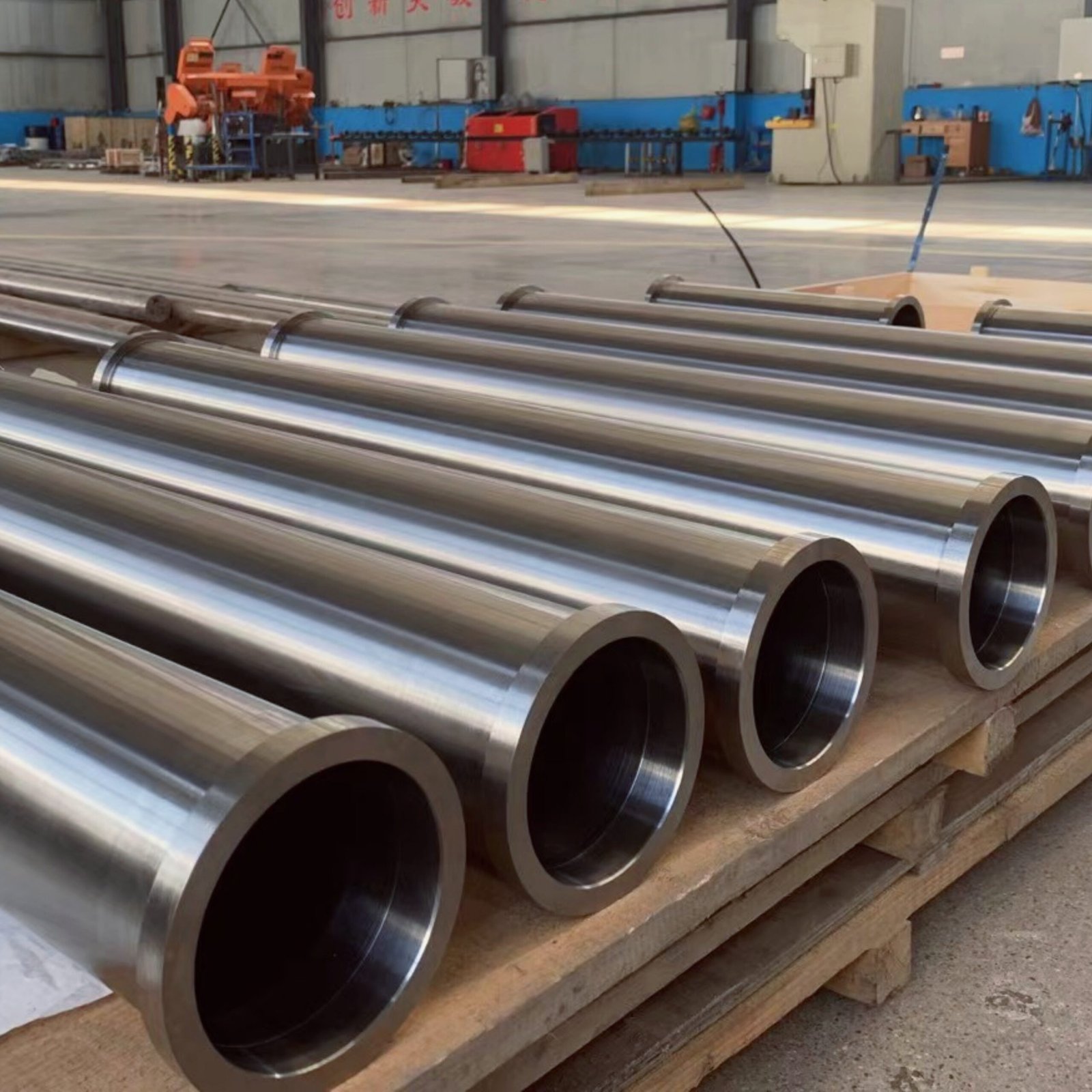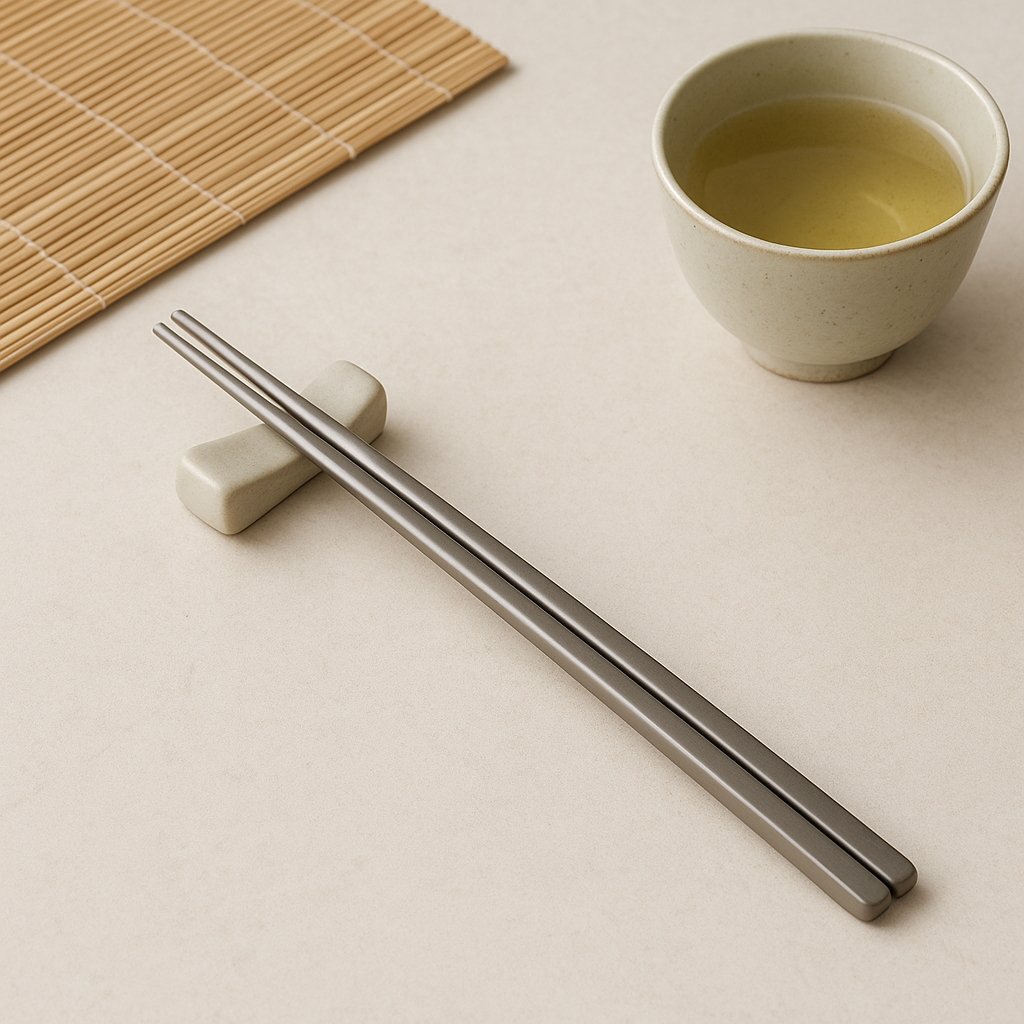Titanium alloys have secured a vital role in cutting-edge fields like aerospace, biomedical, and chemical industries due to their outstanding strength-to-weight ratio, excellent corrosion resistance, and biocompatibility. These attributes make them ideal for demanding environments. However, titanium alloys also have some inherent shortcomings. Their relatively poor wear resistance makes them vulnerable to damage under high contact stress or fretting conditions. Their usable temperature typically remains below 600°C, limiting their performance in high-temperature applications compared to nickel-based superalloys. In specific aggressive environments, corrosion resistance may still be insufficient. Additionally, their bioinert nature slows integration with human bone tissue.
These limitations hinder the full exploitation of titanium’s potential. That's where surface engineering comes in—among these techniques, thermal spraying stands out for its flexibility and effectiveness. It acts like a performance-boosting "engine" that significantly enhances the overall capabilities of titanium alloys and expands their application scope.
Hardening for Wear Resistance: A Surface Upgrade
One major issue with titanium alloys is their low surface hardness and poor wear resistance. When subjected to friction, impact, or micromotion, surfaces can develop scratches, wear pits, or even experience galling, severely affecting precision and lifespan.
Thermal spraying, especially High-Velocity Oxy-Fuel (HVOF) and Atmospheric Plasma Spraying (APS), provides an effective hardening solution. These methods deposit wear-resistant coatings on titanium surfaces using materials like tungsten carbide-cobalt (WC-Co), chromium carbide-nickel chromium (Cr₃C₂-NiCr), or ceramics like alumina (Al₂O₃) and chromia (Cr₂O₃). These coatings greatly exceed the base alloy's hardness, forming a robust barrier against abrasion and erosion.
Applications include compressor blade dovetails in jet engines, moving parts in aircraft landing gear, industrial pumps, valves, and mechanical seals. The coatings dramatically extend service life and enhance the operational reliability of key components.
Breaking the Heat Barrier: Thermal Protection for High-Temperature Use
Titanium alloys lose mechanical strength and oxidize more rapidly at elevated temperatures, limiting their use in hot sections of engines. Thermal Barrier Coatings (TBCs) applied via APS offer a breakthrough. A typical TBC system includes a bond coat (usually MCrAlY, where M = Ni, Co, or NiCo) and a ceramic topcoat made of yttria-stabilized zirconia (YSZ).
The bond coat ensures good adhesion and resists high-temperature oxidation, while the YSZ layer, with its ultra-low thermal conductivity, insulates the base material. This creates a significant temperature gradient, reducing the actual heat exposure of the titanium component.
As a result, components like low-pressure turbine blades or structures near combustion zones can now safely operate at higher temperatures or enjoy longer life and greater safety margins in existing conditions. This contributes to improved thermal efficiency and thrust-to-weight ratios in aerospace engines.
From Biocompatibility to Bioactivity: Enhancing Medical Integration
Titanium’s role in biomedical devices is well-established, thanks to its non-toxic, biocompatible nature. However, its bioinertness slows down integration with bone tissue, which could impact the early stability of implants.
Thermal spraying transforms this weakness into strength by adding bioactive coatings. The most common method is APS deposition of hydroxyapatite (HA)—the main inorganic component of human bone—onto titanium implants. HA actively promotes osteoblast adhesion, proliferation, and differentiation, resulting in true osseointegration, a direct chemical bond with bone tissue.
This surface activation shortens patient recovery time, increases surgical success rates, and ensures long-term implant stability, making thermal spraying an indispensable technology in modern orthopedic and dental implants.
Cost-Effective Corrosion Defense and Remanufacturing
Although titanium is known for broad-spectrum corrosion resistance, extreme conditions such as reducing acids, high-temperature chloride media, or crevice-prone environments can still pose threats. Thermal spraying provides targeted protection through customized barrier layers.
Techniques like Vacuum Plasma Spraying (VPS) can deposit highly inert metals like tantalum (Ta), while APS or HVOF methods can apply nickel-based corrosion-resistant alloys (e.g., Hastelloy) or dense ceramic layers like alumina or titania. These coatings act as impermeable shields, blocking aggressive media and enabling titanium to perform in environments it once couldn’t handle—such as advanced chemical processes, offshore structures, and specialized industrial equipment.
Economic and Sustainable Upgrades Through Repair and Reuse
Titanium parts are costly to produce. When high-value components exceed wear or damage tolerances, scrapping them leads to significant financial losses. Thermal spraying offers a sustainable and economical solution.
By using plasma spraying, arc spraying, or HVOF, engineers can restore worn or damaged areas by depositing alloys or ceramics with similar or superior properties to the original material. This not only recovers original dimensions but also enhances surface performance.
Such remanufacturing extends the life of expensive titanium components, reduces maintenance and spare part costs, and aligns perfectly with modern goals of green manufacturing and sustainability.
Conclusion: Thermal Spraying as a Titanium Performance Amplifier
Thermal spraying is far more than just a surface coating technique—it is a functional amplifier for titanium alloys. Through careful material selection and process control, it precisely addresses weaknesses in wear resistance, heat tolerance, bioactivity, and corrosion protection.
It unlocks new application possibilities, enabling titanium to take on more critical roles in aerospace, biomedical, and chemical sectors while boosting performance and reliability.
Looking forward, as new coating materials emerge and process precision improves—especially in hybrid techniques like laser remelting combined with spraying—thermal spraying will play an even greater role. It will continue to elevate titanium alloys to new performance heights, driving innovation across industries.
Share this article
Written by : 钛合金网
Follow us
Table Of Content







